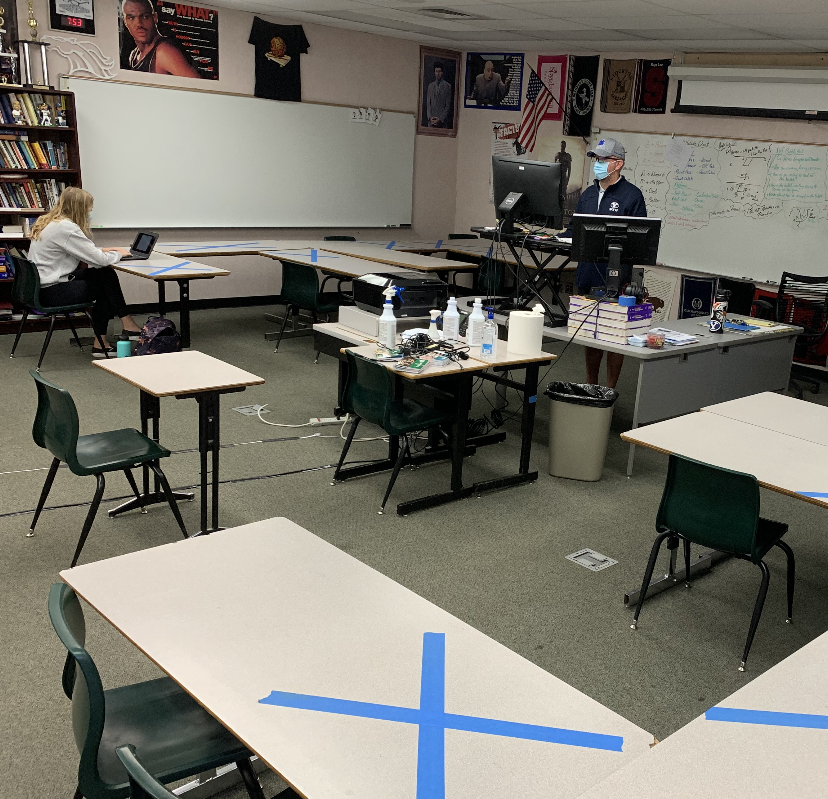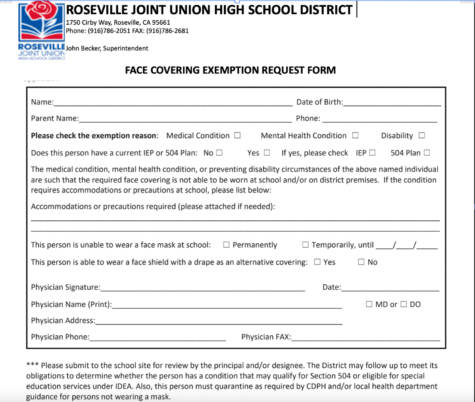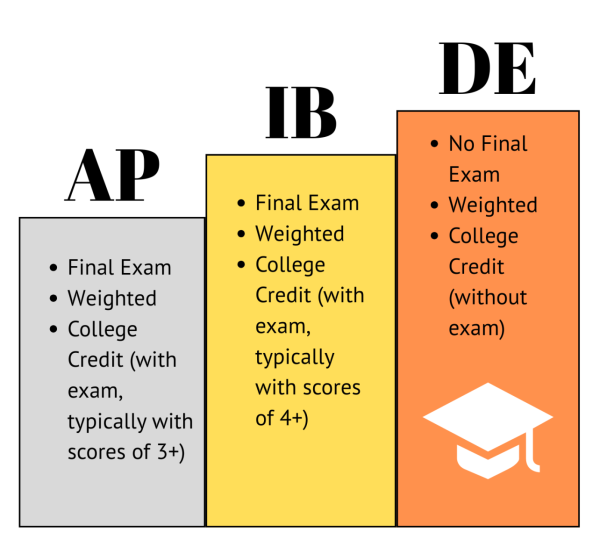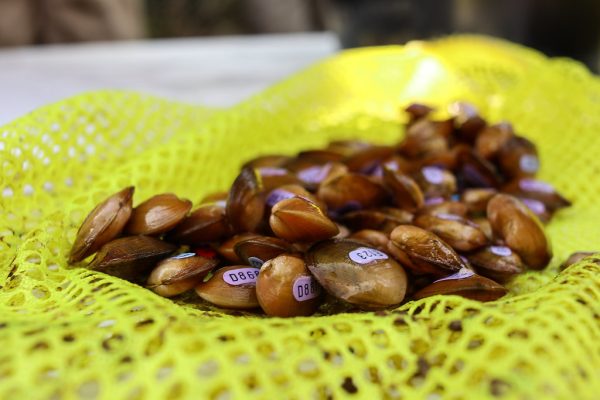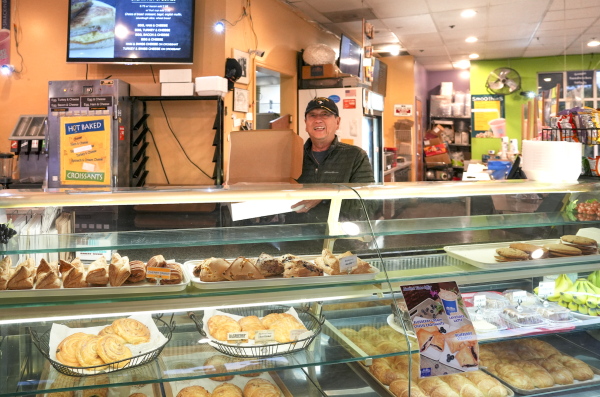In-person learning may be less favorable than previously thought
In-person learning brings both benefits as well as drawbacks
For students participating in the hybrid schedule, classrooms are set up with desks spread apart to maintain as much safety as possible.
Beginning October 12, Granite Bay High integrated its hybrid schedule system, a plan which would bring students physically back in school for two days a week, in two separate groups: Group A (who attend Monday & Thursday) and Group B (who attend Tuesday & Friday).
Along with this integrated system, GBHS began requiring students to follow proper social distancing procedures, wear masks through the day and clean the areas they were sitting at before the next class comes in.
Although there might be some reluctance brought by the pandemic, a school environment can be healthier overall for some students.
“Hybrid has actually been very helpful so far,” freshman Eniola Okon said. “The in-class experience has definitely been better than learning from home…I would definitely say that being (in person) makes it easier to be active in class.”
Although the hybrid model has helped Okon participate more in class, there is still a fair share of problems that have come about.
“Safety has been my number one concern,” Okon said. “I don’t feel completely comfortable going to school. I know that not many confirmed cases have been identified, but I’ve noticed that there is almost a complete lack of social distancing…people take their masks off and congregate.”
Okon also makes the point that with being young and in high school, it’s hard to expect a group of teens to refrain from socializing and breaking social distancing guidelines.
“So many people, including myself, are so used to being near our friends that it is so easy to forget that it might be unsafe to do so,” Okon said.
Hybrid learning may have its difficulties, however students also have had experiences they are grateful for because of it.
“You can talk to people,” sophomore Serene Cheng said. “The teachers are right there and it’s so much more natural, and you really don’t know how much you miss (going to school).”
Cheng isn’t the only student at GBHS who has taken away positives from the new hybrid model.
“When I first heard about (hybrid learning), I thought it was cool,” said Jack Snider, a junior. “I started having trouble doing online school, so I switched to hybrid and now I’m more focused.”
Of course, much like any other system, there are definitely things that could benefit from being changed in hybrid.
“I believe that if there was a way to make sure that everyone has a designated area in which they can be safe in between classes it will be safer for the students and staff.” Okon said.
Besides basic safety concerns from students, there are fairly grounded issues that students will have to overcome when adjusting to hybrid and in-person schooling once again.
“The quizzes are a little bit more stressful and I know almost no one doing hybrid at the moment,” Snider said.
Overall, however, students participating in hybrid don’t appear to be too stressed out by the pandemic, and learning in-class seems to be far more beneficial when it comes to focusing on assignments and lectures.
Skyler is a senior, and this is her first year on the Gazette Staff



